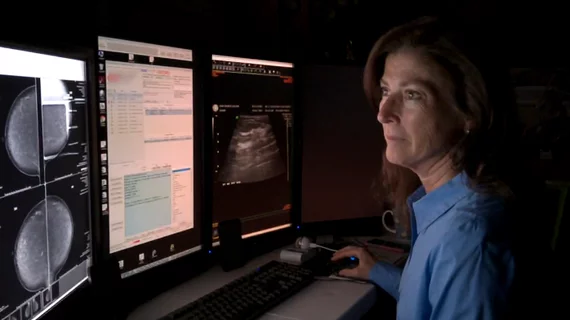Radiologists see benefits in using a 13-button mouse for day-to-day tasks
Could using a non-conventional mouse help make radiology workstations more efficient? When a group of radiologists gave a programmable, 13-button mouse a two-day test run, many reported that they liked using it more than their previous mouse, according to a new study published by the Journal of Digital Imaging.
The authors surveyed radiology staff and residents in a tertiary care center before and after a tutorial and two-day trial period with the 13-button mouse. Fifty-nine participants completed the surveys.
So what did users think of this non-conventional mouse? Overall, more than 35 percent of respondents reported that they were “satisfied” or “very satisfied” with the conventional mouse they were utilizing prior to testing the non-conventional mouse. After the trial period, more than 76 percent of respondents reported that they “agreed” or “somewhat agreed” that they preferred using the non-conventional mouse for their day-to-day work instead of the conventional mouse.
In addition, the 13-button mouse was perceived as being more efficient by more than 66 percent of respondents. More than 62 percent of respondents said it required less time to view images and more than 74 percent said it required less effort to view images. Seventy-eight percent said it was more comfortable to use.
“The results of this study suggest that current radiologist workstations employ non-optimized user interface technology, specifically regarding the mouse, as participants demonstrated a significant preference for using the non-conventional mouse with enhanced functionality compared to the conventional mouse,” wrote Kevin Denton, MD, department of radiology at the University of Kansas Medical Center in Kansas City, and colleagues. “Moreover, increased availability of and training in non-conventional mice may be well received by academic radiologists regardless of subspecialty and training level.”
The authors added that, as costs and imaging volumes both continue to rise, “it is imperative that radiologists explore multiple options to optimize workflow efficiency to meet the future demands of the specialty.”

